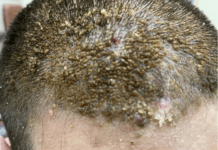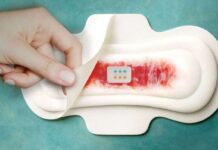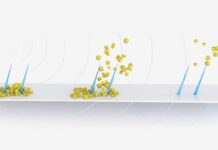Early detection of neurodegenerative changes in Parkinson’s disease (PD) is crucial for effective early intervention to slow disease progression.
Early Control Of The Parkinson’s Disease
To address this need, researchers from Brigham and Women’s Hospital and Harvard University have developed a molecular assay platform to detect and quantify single ⍺-synuclein fibrils. These are pathogenic aggregates in Parkinson’s disease and other neurodegenerative disorders.
David Walt, Ph.D., of the Department of Pathology at Brigham and a core faculty member at the Wyss Institute, said:
Having a biomarker that we can quantify could help us identify new drug candidates and test their effects in more targeted patient cohorts at early stages of the diseases.
PD, multiple system atrophy, and dementia with Lewy bodies are neurological disorders causing toxic fibrils from ⍺-synuclein protein. Symptoms overlap, making it difficult to differentiate between them and start specific therapies
Over 10 million individuals globally suffer from Parkinson’s disease (PD). A condition whose prevalence rises with age in cultures where average life expectancies have also been rising in recent years. Every year, around 90,000 people receive a PD diagnosis in the United States alone.
Walt’s team collaborated with Brigham and Women’s Hospital’s Vikram Khurana lab and Harvard’s David Weitz to develop digital seed amplification assays. It detects single ⍺-synuclein fibrils in brain tissue and fluid samples.
Researchers developed diagnostic assays using mini-compartments and immunocapture strategies to detect ⍺-synuclein fibrils in patient samples. These assays separate individual fibrils into engineered microcompartments, forming easily detectable fluorescent aggregates.
Walt’s team is optimizing assays for diagnostic applications in PD, MSA, and dementia with Lewy bodies. While also exploring their potential for drug screening
Zoe Swank, Ph.D., a postdoctoral research fellow in the Walt lab said;
Applying the assays as a drug discovery tool could facilitate the search for promising drug candidates that more efficiently inhibit fibril formation. It can even help us identify new drug targets that enable or stimulate ⍺-synuclein aggregation in the body,




